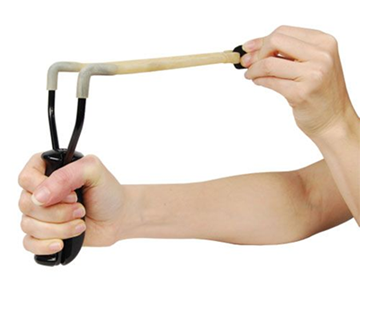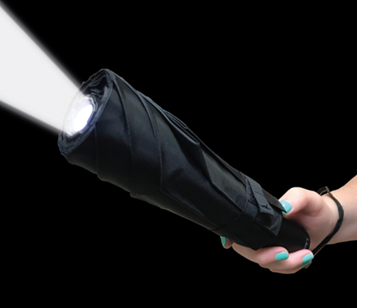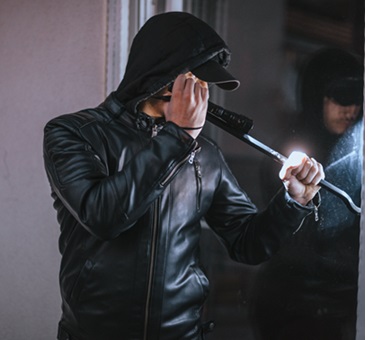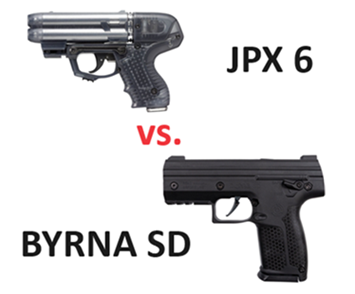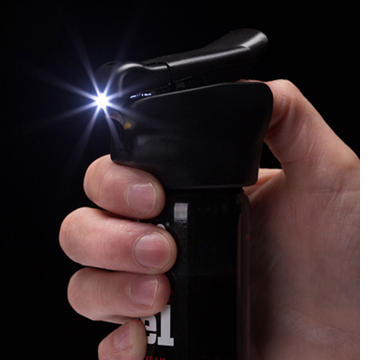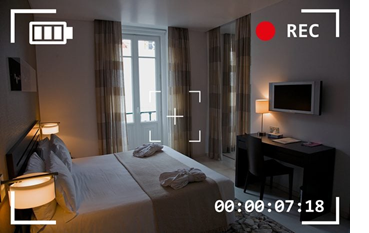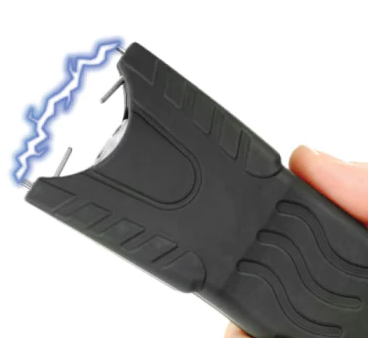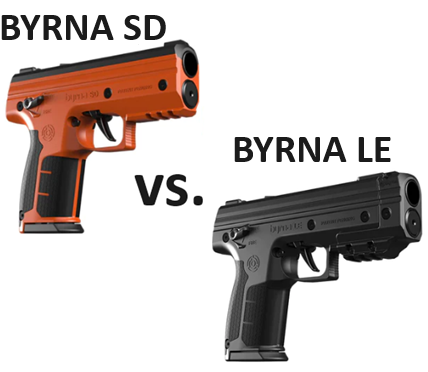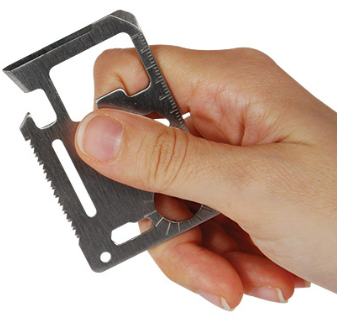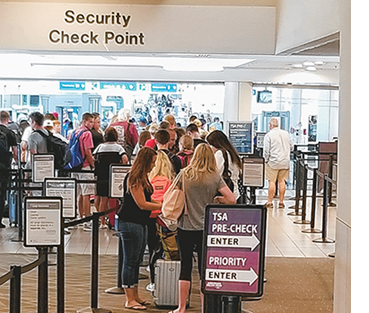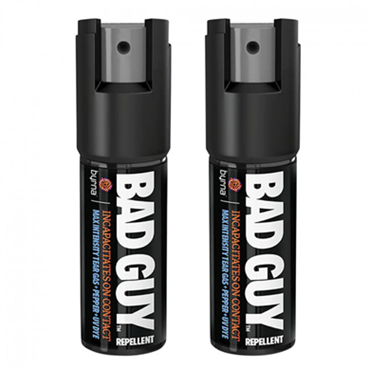TSA Guidelines for Non-Lethal Self-Defense Devices on Planes
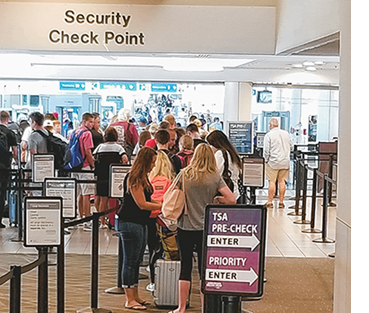 When it comes to personal safety, being prepared is always important. However, traveling by air can be challenging when trying to bring along non-lethal self-defense devices due to strict regulations and restrictions. In this blog post, we will explore the types of non-lethal self-defense devices that are allowed on airplanes according to Transportation Security Administration (TSA) guidelines.
When it comes to personal safety, being prepared is always important. However, traveling by air can be challenging when trying to bring along non-lethal self-defense devices due to strict regulations and restrictions. In this blog post, we will explore the types of non-lethal self-defense devices that are allowed on airplanes according to Transportation Security Administration (TSA) guidelines.
Firstly, let's define what constitutes as a "non-lethal" self-defense device. These are items designed for protection without causing serious injury or death. Examples include pepper spray, stun guns, and Tasers. While these tools can provide peace of mind during travel, there are specific rules regarding their possession and use on aircraft.
Pepper Spray
According to TSA guidelines, passengers may carry one 4 oz (118 ml) container of mace or pepper spray in their carry-on baggage provided it has less than 2% by mass of tear gas. It must also be equipped with a safety mechanism to prevent accidental discharge. Pepper spray should be stored in a secure, easily accessible location within your carry-on luggage. Remember that individual state laws vary regarding the carrying and usage of pepper spray, so familiarize yourself with local regulations before using it outside of airport premises.
Pepper Guns
Also referred to as pepper ball guns or pepper pistol launchers, pepper guns propel projectiles filled with irritants similar to those found in pepper sprays. Given their appearance and functionality, pepper guns often receive closer examination during security checks compared to standard pepper sprays. According to TSA guidelines, pepper guns are generally allowed in checked baggage but not in carry-on luggage due to their potential misinterpretation as real firearms.
Stun Guns and Tasers
Stun guns and tasers fall under the category of electroshock weapons and are generally permitted in checked baggage but not in carry-ons. The voltage limit varies from state to state; therefore, checking local laws is crucial. Passengers should ensure they properly pack these devices in hard-sided cases to protect them during transit. Additionally, informing the airline at check-in might help avoid any confusion or delays.
Personal Alarms
Personal alarms are small electronic devices that emit loud noises when activated. They serve as deterrents against potential threats and do not rely on physical contact. Since they don't contain chemicals or batteries capable of producing an electrical charge, they are typically allowed in both carry-on and checked baggage. Always double-check TSA policies before packing personal alarms to ensure compliance.
Steel Batons
Steel batons, also known as asp batons, are considered bludgeons and are strictly prohibited in both carry-on and checked baggage due to their potential use as deadly weapons. Leave steel batons at home or make alternate arrangements for safe and legal transportation.
Flashlights
Flashlights are generally allowed in both carry-on and checked baggage. However, high-powered models with removable batteries or telescopic extensions may raise concerns among TSA agents. If questioned, explain the purpose of the item and cooperate with instructions. Compact flashlights without special features are usually acceptable.
Kubotans
Kubotans are short rods made of plastic, wood, or metal used primarily for striking pressure points in self-defense situations. Due to their compact size and minimal invasiveness, kubotans are typically allowed in carry-on luggage. However, they may be subject to additional screening, so prepare accordingly. As always, check local laws regarding possession and use outside of airport premises.
Self-Defense Keychains
Self-defense keychains come in various designs, ranging from simple keyring alarms to more elaborate multi-tools incorporating kubotan-like features. Similar to kubotans, most self-defense keychains are permitted in carry-on luggage, although extra scrutiny may occur during security screenings. Familiarize yourself with each component's legality and exercise caution when utilizing these tools outside of airport settings.
Knives
Knives are regulated based on blade length and design. Generally speaking, pocketknives with blades shorter than 2.36 inches (6 cm) are allowed in carry-on luggage, provided they have a folding or retractable mechanism. Larger fixed-blade knives, swords, or other edged weapons must be packed in checked baggage. Be aware that some countries impose stricter knife regulations than others, so research destination-specific requirements before embarking on your trip.
Replica Firearms
Replicas of firearms, including toy guns, are not allowed in carry-on luggage but can be placed in checked bags after inspection by TSA agents. Realistic replicas could be mistaken for actual weapons, leading to confiscation or legal consequences. To avoid such situations, opt for clearly marked toy guns or leave them behind during travel.
Other Considerations
Apart from the abovementioned devices, consider investing in other discreet yet effective forms of personal protection like whistles, flashlights, or even tactical pens. Whistles can draw attention to emergencies while flashlights can aid visibility during low-light scenarios. Tactical pens combine writing instruments with self-defense features, making them versatile options for travelers.
Conclusion
Disclaimer
This article provides general information regarding non-lethal self-defense devices allowed on airplanes based on current Transportation Security Administration (TSA) guidelines. Please note that regulations may change over time, and individual state laws concerning these items vary. Therefore, it is essential to verify all relevant rules and regulations before traveling with any self-defense device. Neither the author nor the publisher assumes responsibility for actions taken based on the content presented herein. Always prioritize safety, comply with applicable laws, and consult official sources for up-to-date guidance. For more information visit https://www.tsa.gov/travel/security-screening/whatcanibring/all




